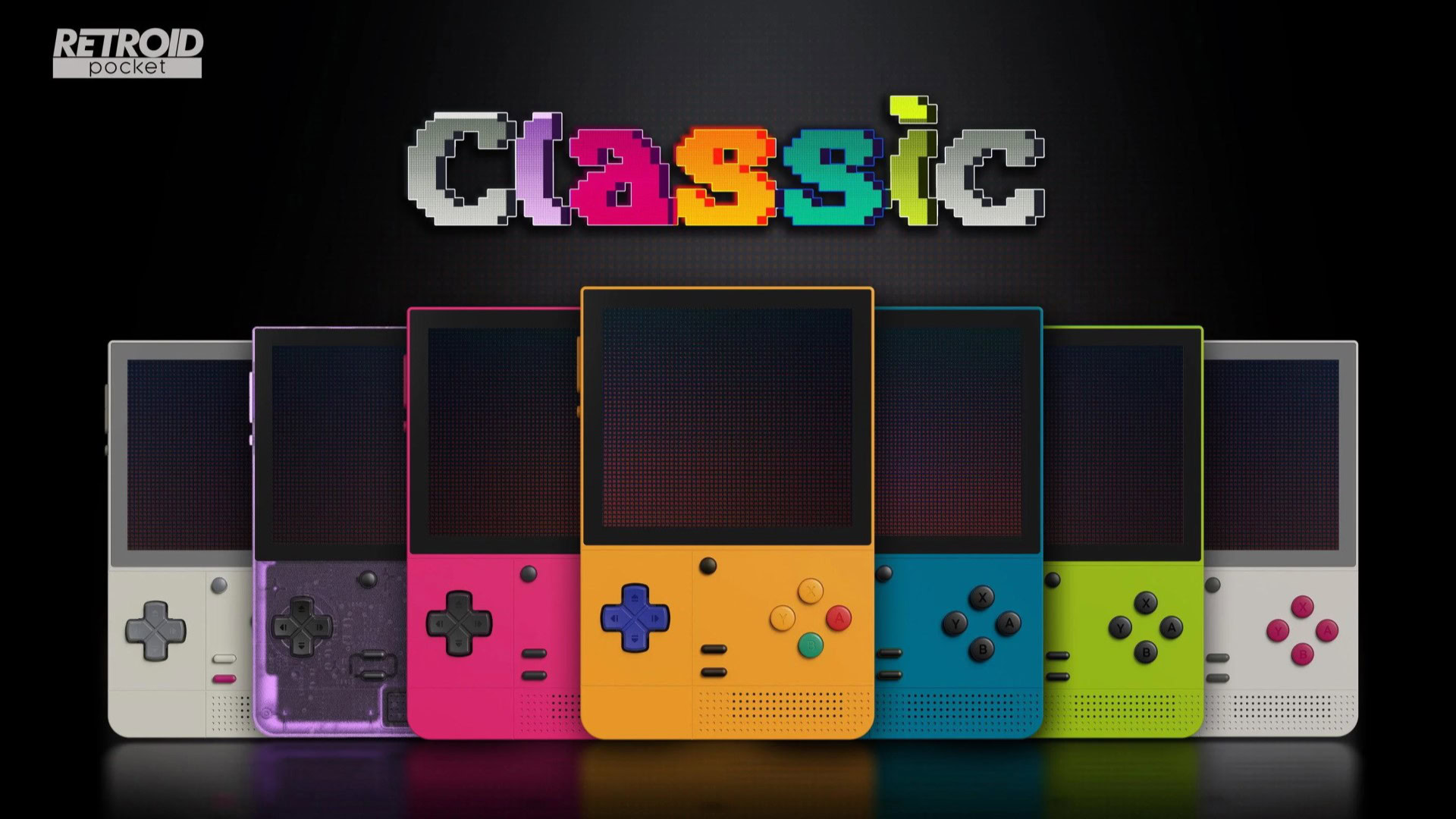Java programming tutorial for Beginners | Java Tutorial from Basics to Advance
Java Programming Tutorial for Beginners |Java Tutorial from Basics to Advance Java is a widely used robust technology. Let's start learning Java from basic questions like what is Java tutorial, Core Java, where it is used, what type of applications are created in Java, why use java and Java platforms etc. Our Java tutorial helps you to learn Java with easy and simple examples.This free java tutorial for complete beginners will help you learn the java programming language from scratch. visit Source Newboston playlist: https://www.youtube.com/watch?v=Hl-zzrqQoSE&list=PLFE2CE09D83EE3E28 Java is a general purpose, high-level programming language developed by Sun Microsystems. The Java programming language was developed by a small team of engineers, known as the Green Team, who initiated the language in 1991. The Java language was originally called OAK, and at the time it was designed for handheld devices and set-top boxes. Oak was unsuccessful and in 1995 Sun changed the name to Java and modified the language to take advantage of the burgeoning World Wide Web. Later, in 2009, Oracle Corporation acquired Sun Microsystems and took ownership of two key Sun software assets: Java and Solaris. Today the Java platform is a commonly used foundation for developing and delivering content on the web. According to Oracle, there are more than 9 million Java developers worldwide and more than 3 billion mobile phones run Java. In 2014 one of the most significant changes to the Java language was launched with Java SE 8. Changes included additional functional programming features, parallel processing using streams and improved integration with JavaScript. The 20th anniversary of commercial Java was celebrated in 2015. Java is an Object-Oriented Language Java is defined as an object-oriented language similar to C++, but simplified to eliminate language features that cause common programming errors. The source code files (files with a .java extension) are compiled into a format called bytecode (files with a .class extension), which can then be executed by a Java interpreter. Compiled Java code can run on most computers because Java interpreters and runtime environments, known as Java Virtual Machines (VMs), exist for most operating systems, including UNIX, the Macintosh OS, and Windows. Bytecode can also be converted directly into machine language instructions by a just-in-time compiler (JIT). In 2007, most Java technologies were released under the GNU General Public License. #Java on the Web Java is a general purpose programming language with a number of features that make the language well suited for use on the World Wide Web. Small Java applications are called Java applets and can be downloaded from a Web server and run on your computer by a Java-compatible Web browser. Applications and websites using Java will not work unless Java is installed on your device. When you download Java, the software contains the Java Runtime Environment (JRE) which is needed to run in a Web browser. A component of the JRE, the Java Plug-in software allows Java applets to run inside various browsers Java Tutorial from Basics to Advance,java basics for beginners,advanced java tutorial,Java Programming Tutorial,java tutorials for beginners,java programming tutorial for beginners,Java Tutorial for Beginners,java,java programming,java programming for beginners,java tutorials,java (programming language),java video tutorial,java strings,advanced java tutorial for beginners,learn java programming examples,java programming for beginners tutorial #JavaTutorial #Javaprogramming
via Youtube at https://youtu.be/WqQsuIW2CFE
from Scholars Globe https://ift.tt/2QIpGAK
via IFTTT
CIT Daily
IFTTT
Scholars Globe
ScholarsGlobe
Java programming tutorial for Beginners | Java Tutorial from Basics to Advance
Subscribe to:
Post Comments (Atom)

No comments:
Post a Comment